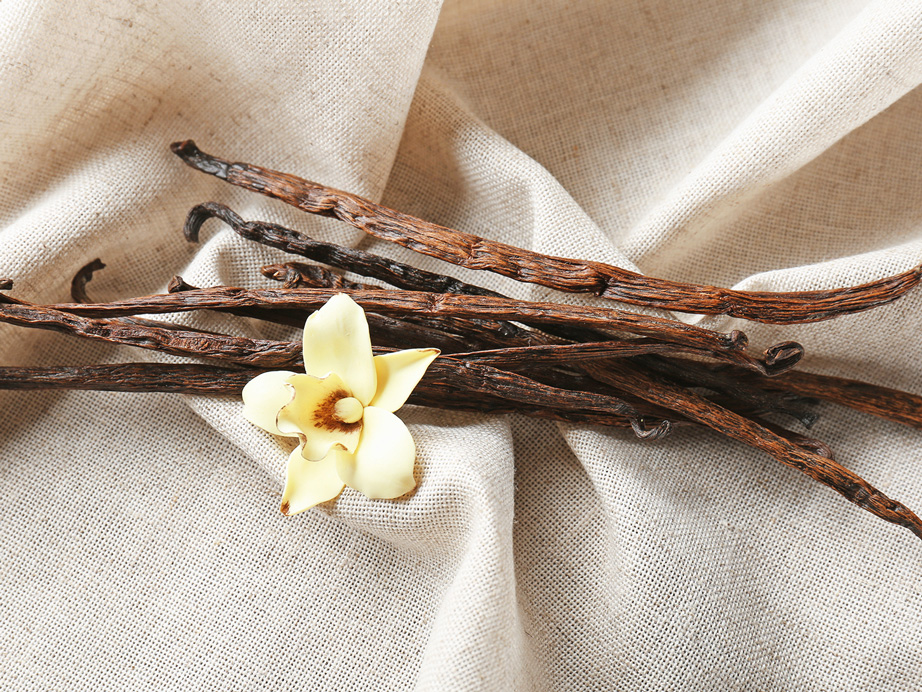Vanilla is a plant from the family of orchids, known for its fragrant pods, also called vanilla beans.
It is hard to imagine that vanilla, a flavour so familiar in the baking industry today, would become so popular despite a highly complex pollination process. The mere survival of the plant continued beyond all odds.
The problematic process of vanilla flower pollination
Vanilla flowers are only active for 24 hours and require particular bees or hummingbirds to help them pollinate. And these natural pollinators exist only in limited geographical areas. So it is the manual pollination that people rely on in producing this wonderfully scented spice.
The manual pollination method was invented by a 12-year-old slave boy named Edmond Albius from Reunion Island in the Indian Ocean. Albius helped not only his master but the whole island to prosper by producing vanilla.
Until today, the island is a leader in the production of vanilla, the second most expensive spice after saffron.
Real vanilla and its substitute vanillin
However, what most of us find on shelves in local grocery stores quite often has nothing to do with natural vanilla. Since the product is scarce and pricey, real vanilla is substituted by vanillin, which is made of petrochemicals and wood pulp.
Vanillin is not a bad product just because it is synthesised. It comes at a fraction of the price and adds a vanilla-like scent to baked goods.
It is also true, however, that the real vanilla scent is much more complex compared to the synthesised version.
The three forms of natural vanilla
Hence, if vanilla is an ingredient you choose to feature prominently, like in custard creams, panna cottas and tarts, you should try using real vanilla. Natural vanilla comes in 3 forms: beans, extract and paste.
- Beans are elongated brown tubes which contain vanilla seeds. Initially green when picked up, the tubes are left to cure for nine months before reaching consumers.
- Vanilla extract is an alcoholic liquid infused with the vanilla scent from vanilla pods.
- Vanilla paste consists of vanilla seeds, sugar and some thickening agent.
If you come across vanilla pods, get some to make your own vanilla extract for home baking. This way, you can regulate the intensity of the flavour instead of buying pricey yet weak extracts from shops.
Prepare your own exquisite vanilla extract
To make 250 ml / 1 cup of vanilla extract, choose 5-6 plump vanilla beans.
- With a sharp knife, slit the pods to reveal the seeds.
- Place the slit pods into a sealable bottle and cover them with 250 g / 1 cup of 80 % vodka. You can use other alcohols like bourbon and rum, as long as they are not artificially flavoured.
- Close the bottle lid and place it in a cool, dry place for a minimum of eight weeks or as long as you can wait. The longer the alcohol can work on the vanilla pods, the darker and richer the flavour will become. Ideally, give it six months to a year before use.
And remember: a little goes a long way when it comes to vanilla. Just a teaspoon will give your baking and custard creams that wonderful aroma that no synthetically produced one can.











What do you think?